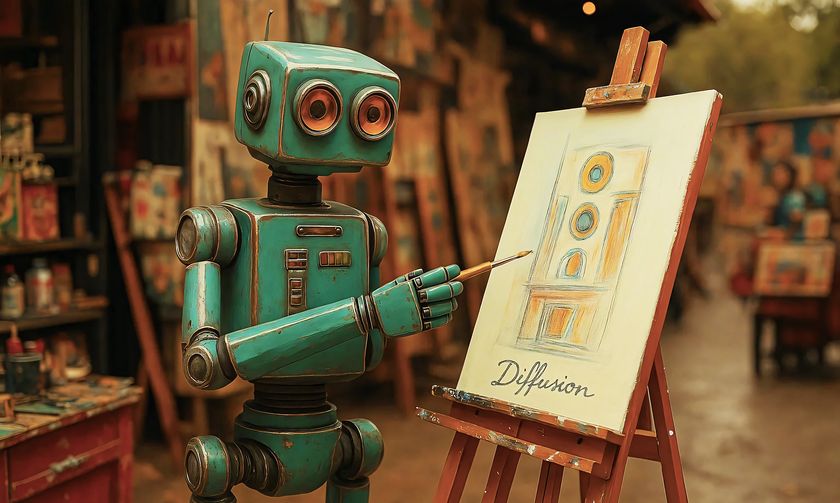The rise and fall of interactive movies
When games and movies come together, the result ain't good
Why interactive movies failed
Dedicated interactive movies had two ways of solving the problem. The first was the Dragon's Lair method, introduced to arcades in 1983. Every scene had exactly two possible endings. Press the right button at the right time and you moved onto the next room. Press the wrong one, or do nothing, and you died instantly and had to try again.
Later games made that button-press slightly more complicated, typically using a control-room style interface, but it was the same concept. The Daedalus Encounter used puzzles instead of action scenes. Over on the MegaCD, the infamous Night Trap made you hunt for the right room before pressing the button.
A second, slightly more entertaining method was to use the pre-rendered footage as a glorified background. Megarace, Microcosm, Rebel Assault, and many others rear-projected the background like an old movie chase sequence, with the game overlaying traditional sprites on top and trying to keep track of whether you were hitting the walls/obstacles.
Rebel Assault was easily the most successful of these games. It was a shameless example of style over substance, but the mix of Star Wars and genuinely fast-paced action meant that people didn't mind too much. It was a game that showed off both your PC, and your shiny new CD drive. In that context, it was okay.
Thankfully, both these game genres quickly proved dead ends. Rear projection was no match for proper 3D terrain, even in early offerings like Wipeout. As for click-or-die, it only ever worked in the arcades, where games that could be finished in under half an hour were acceptable.
American Laser Games made a particular name for itself here with its massive arcade cabinets and shooting games, such as Mad Dog McCree, Who Shot Johnny Rock? and Space Pirates, all based on lightgun technology.
Get daily insight, inspiration and deals in your inbox
Sign up for breaking news, reviews, opinion, top tech deals, and more.
Despite featuring some of the cheapest kills ever (such as a seemingly dead enemy lifting his gun up to shoot you from the floor) they were still pretty popular in arcades, and ALG made a good living on them – before somewhat bizarrely transforming itself into Her Interactive to make Nancy Drew games.
Most interactive movies quickly moved to something at least slightly less reliant on pre-recorded film footage, whether it was copying the adventure game style of old, or integrating more involved action between the clips.
The 7th Guest was the showpiece for this on PC, selling for twice the price of a standard game. Its 3D rendered haunted house and fiendishly beautiful logic puzzles were unquestionably eyecatching, but it was a one-trick pony. The scrappy sequel, The 11th Hour, underperformed, as did a cartoon version of the concept, Clandestiny. The series' final gasp was a puzzle compilation called Uncle Henry's Playhouse. It sold 176 copies. Worldwide.
Lights, camera, arse
It's easy to mock the actors, and yes, many of them were terrible, but that's too easy.
In most cases, they were simply the most visible face of a grotesquely over-ambitious project that wanted to be a big budget movie on a budget of 10p, being rushed through an embarrassing script by an inexperienced (possibly first-time) director, with nothing to bounce their performance off except a big blue screen and a vague description of what they're actually meant to be doing. If you don't have someone capable of telling star talent like Christopher Walken that his performance is even embarrassing the furniture, you only have yourself to blame for his 'acting' in Ripper.
The Tex Murphy series shows this wonderfully. There were five of them in total, three of which were done as interactive movies: Under A Killing Moon, The Pandora Directive, and Overseer. All five starred Chris Jones, the company's co-founder and finance guy as Tex Murphy, a PI in futuristic San Francisco.
For UAKM, with its full FMV sequences and new Hollywood leanings, Jones did almost everything: co-writing, designing, directing, and leading up a cast mostly made up of other Access software employees. The result was fun, but hammier than a pig that just ate a bacon sandwich.
For the next two games, Access brought in director Adrian Carr, and the quality skyrocketed. The acting became more assured. The cinematography warranted the name. They're hardly the greatest stories ever told – although they're all really good adventures – but the difference was night and day.
Current page: Why interactive movies failed
Prev Page Where it all began Next Page Bringing in the stars











